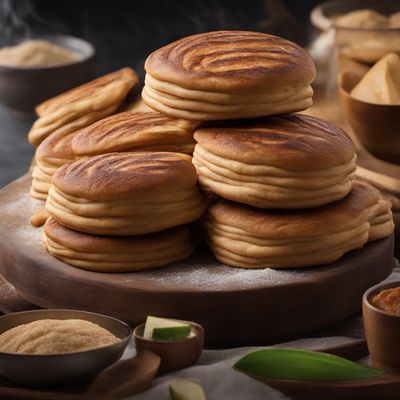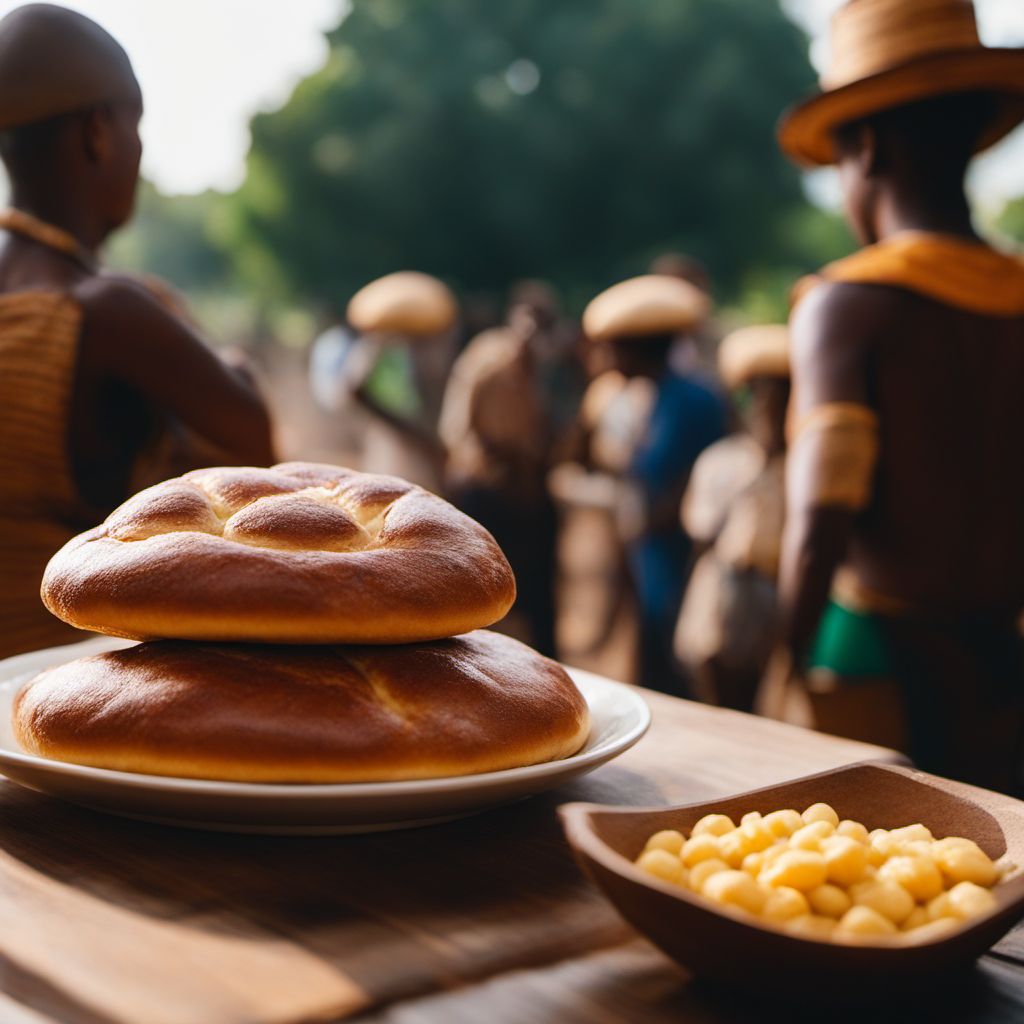
Dish
Roosterkoek
Roosterkoek is a popular dish in South Africa, where it is often served with braai (barbecue) meats or stews. The dough is typically made with white flour, but some recipes call for the addition of cornmeal or other grains. The dough is kneaded until smooth and elastic, then allowed to rise for several hours before being shaped into small balls. The balls are then cooked on a grill or over an open flame until golden brown and crispy on the outside, and soft and fluffy on the inside. Roosterkoek can be served plain, or with butter or jam for added flavor and texture.
Origins and history
Roosterkoek has been a staple food in South Africa for centuries, and is often served at braais (barbecues) and other outdoor gatherings. It is believed to have originated in the indigenous cultures of South Africa, who used cornmeal and other grains to make bread. Today, roosterkoek remains a beloved dish in South Africa, and is often served with braai meats or stews as a side dish or snack.
Dietary considerations
Roosterkoek is not suitable for those with gluten intolerance or celiac disease, as it is made with wheat flour. It is also high in calories and carbohydrates due to the dough, so it should be consumed in moderation as part of a balanced diet.
Variations
There are many variations of roosterkoek, depending on the region and the cook. Some recipes call for the addition of cheese or other savory ingredients, while others use different types of flour or sweeteners. Some cooks also add spices such as cumin or coriander to the dough for added flavor and aroma.
Presentation and garnishing
Roosterkoek can be presented in a rustic and casual manner, piled high on a platter or in a basket. It can also be garnished with fresh herbs or edible flowers for added visual appeal. To make roosterkoek more festive, try shaping the dough into different shapes such as hearts or stars before grilling.
Tips & Tricks
To ensure that roosterkoek is light and fluffy, be sure to knead the dough thoroughly and allow it to rise for several hours before shaping and grilling. It is also important to maintain a consistent grilling temperature to ensure that the roosterkoek cooks evenly and does not become too dry or hard.
Side-dishes
Roosterkoek is often served with braai meats or stews, and can be enjoyed plain or with butter or jam. Some people also enjoy dipping roosterkoek in a spicy tomato sauce for added flavor. Roosterkoek is typically served on its own as a side dish or snack, but it can also be served alongside other traditional South African dishes such as pap (a cornmeal porridge) or chakalaka (a spicy vegetable relish).
Drink pairings
Roosterkoek pairs well with beer or cider, as well as with red or white wine. For a non-alcoholic option, try serving roosterkoek with a fruit juice or a sparkling water with a slice of lemon or lime.
Delicious Roosterkoek recipes
More dishes from this category... Browse all »

Acorn Bread
Native American cuisine

Alkubus
Moroccan cuisine
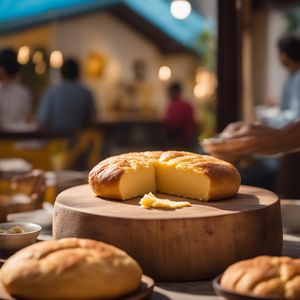
Almojábana
Colombian cuisine
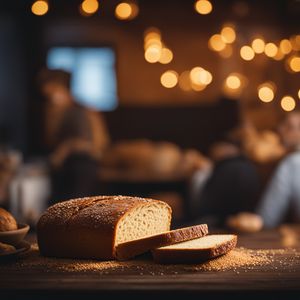
Anadama Bread
American cuisine

Antiguan Butter Bread
Antiguan cuisine

Baati
Indian cuisine

Babà rustico
Italian cuisine
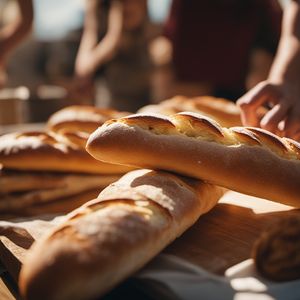
Baguette
French cuisine
More cuisines from this region... Browse all »
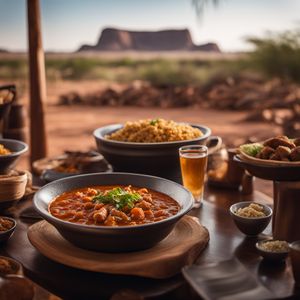
Botswana cuisine
Spicy, Savory, Hearty

Cuisine of Eswatini
Spicy, Savory, Hearty
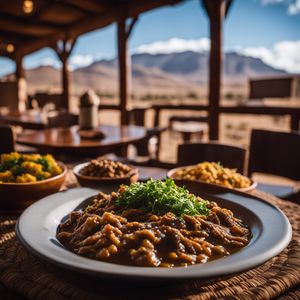
Cuisine of Lesotho
Spicy, Savory, Hearty

Malagasy cuisine
Spicy, Savory, Aromatic

Malawian cuisine
Spicy, Flavorful, Hearty

Mauritian cuisine
Spicy, Flavorful, Aromatic

Mozambican cuisine
Spicy, Flavorful, Tangy, Savory, Sweet

Namibian cuisine
Bold and unique flavors (combination of sweet, sour, spicy flavors)

